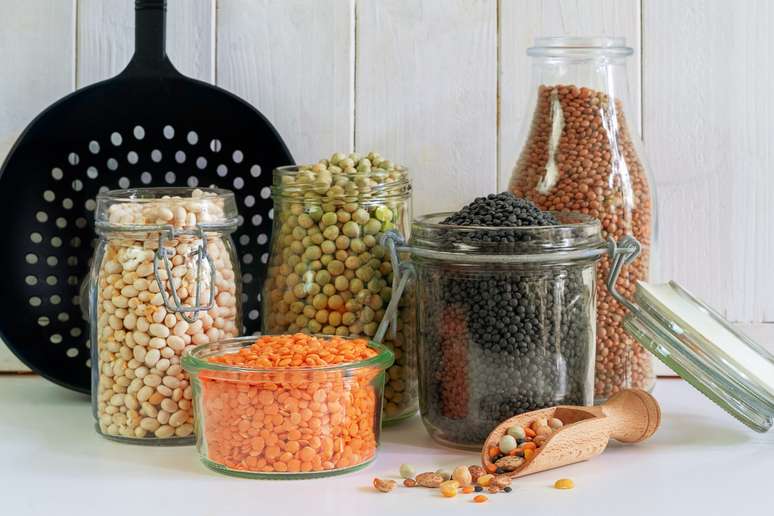See the importance of the presence of these protein-rich foods in your diet When we think of a healthy diet, the famous idea of diversifying our foods comes to mind, but do we know what each of them can offer us? Malu listened to nutritionist Danielle Toledo, from Grupo Conexa, who talked about legumes, […]
Discover the importance of having these protein-rich foods in your diet
When we think about healthy eating, the famous idea of diversifying our foods comes to mind, but do we know what each of them can offer us? Malu listened to nutritionist Danielle Toledo, from Grupo Conexa, who talked about legumes, a food group
rich in proteins and with more than 18 thousand species available for consumption!
Be-a-bá of legumes
Beans, peas, peanuts, and soybeans are common examples of legumes in everyday life. “These cereals are born in pods rich in fibrous tissue of different consistency and size. Being complete foods from a nutritional point of view, they are characterized as excellent sources of vegetable proteins, helping to maintain the vital organs and systems of the human body” , Danielle points out. Furthermore, they also help promote a sense of satiety, provide energy, aid intestinal transit and are also rich in group B vitamins, which help balance anxiety, stress, tiredness and concentration. “It is worth highlighting that regular consumption promotes the prevention of diseases such as cancer, diabetes and obesity,” he adds.
And the calorie content?
Furthermore, if a balanced diet must contain at least 75% vegetables, there is no need to worry about the calorie content of legumes. «On their own they don’t make you fat. Most have a lower glycemic index, high amount of fiber and protein. So you can have them on your plate without feeling guilty, as long as you eat at least one portion a day. and in a varied way, guaranteeing new flavors”, underlines Danielle.
A list of legumes to keep in the fridge door
- Beans: 100 g of fresh product, cooked in water, without salt, contain 5.7 g of protein and 4.2 g of fiber. Like all foods of plant origin, it does not contain cholesterol, as well as being an important source of iron, copper and phosphorus.
- Soy: 100g of this food contains 30g of protein, a similar amount found in small chicken fillets. It is rich in fiber, vitamin K, calcium, iron, phosphorus, magnesium and zinc.
- Chickpeas: 100 g of this legume contains 20.9 g of protein, 6.4 mg of iron and 42 mg of calcium. It is rich in magnesium, phosphorus, iron, potassium, copper, zinc and vitamin A. Thanks to these properties it helps regulate intestinal function.
- Lentils: Since they contain a large amount of soluble fiber, they help reduce bad cholesterol. It contains potassium, calcium and iron, which make it an important source of vegetable fibre, as well as providing antioxidant properties, thanks to the isoflavones present in wheat.
- Lupine: has a very low calorie intake, a high water content and contains – per 100 g – 16 g of protein and 5% fiber. It does not contain much fat (only 2%) and contains vitamins and minerals.
Source: Terra
Ben Stock is a lifestyle journalist and author at Gossipify. He writes about topics such as health, wellness, travel, food and home decor. He provides practical advice and inspiration to improve well-being, keeps readers up to date with latest lifestyle news and trends, known for his engaging writing style, in-depth analysis and unique perspectives.








